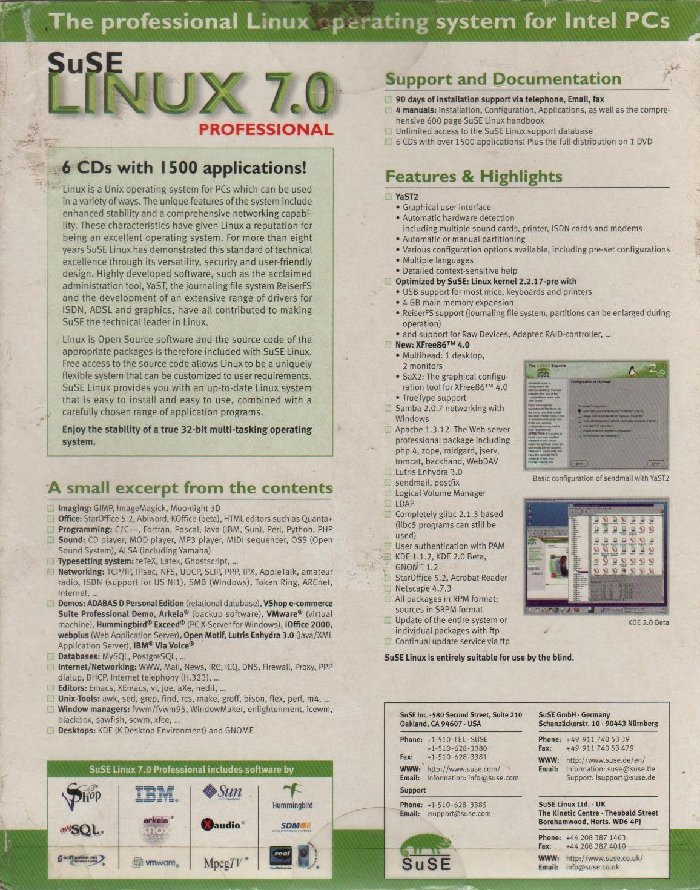

Not only that, they let me change the time-sharing system in fact, that was my job-they hired me to work on that system. Harvard’s computer was a lot better to play with than ibm’s, but it didn’t have a lot of memory, whereas mit’s computer at the ai Lab had plenty. So although I graduated from Harvard in 1974, I had actually been an employee at mit for three years. The administrator there decided to hire me more or less straight away. When I visited the Artificial Intelligence Lab at mit, they didn’t have much by way of a manual, because they had developed their own time-sharing system. Towards the end of my first year I started visiting computer labs to look at their manuals, to see how the computers differed. I went to Harvard to study physics, and carried on programming there. I finished that in a few weeks, so they let me spend the rest of the summer being paid to write whatever I felt like. They gave me a project to do, implementing a certain algorithm to see how well it would work. In 1969, during my last year of high school, an ibm lab let me come and use their computers.

I was a behavioural problem-I couldn’t go to a public school without getting in trouble-and started working with computers at an early age. But may we start by asking about your formation, as a programmer and as a thinker-how did it all begin? We’d like to talk to you about the present computing landscape and the political relevance of free software. Today, the gnu /Linux operating system, and free (libre) software more broadly, underpin much of the internet, yet new structures have emerged that can wield a great deal of power over users.

You’re widely recognized as the world’s leading campaigner for software freedom, having led the development of the gnu operating system.


 0 kommentar(er)
0 kommentar(er)
